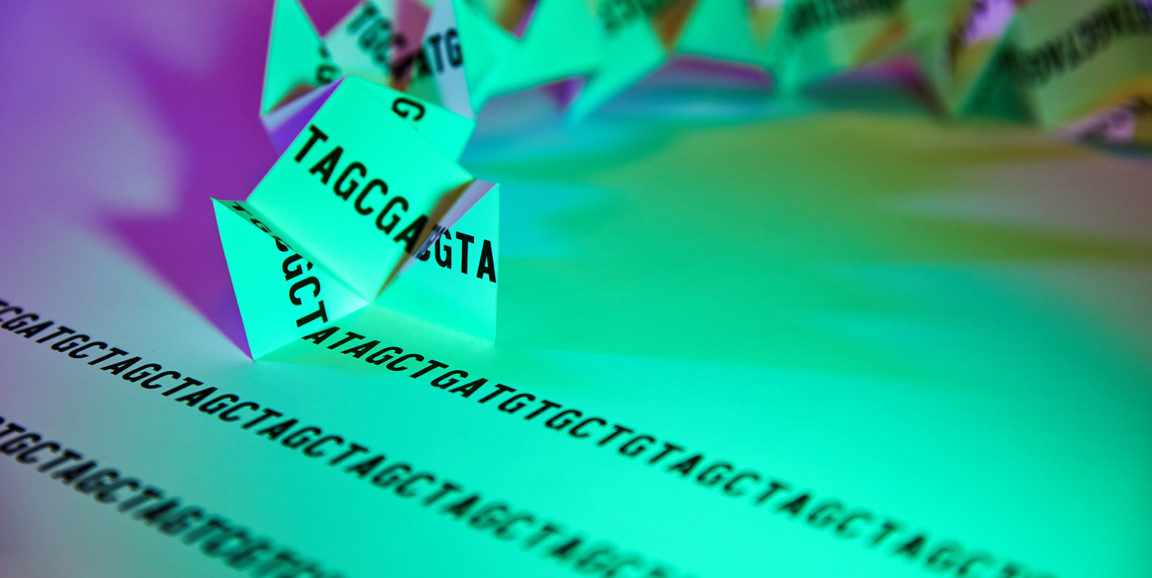Euan Ashley is a self-proclaimed Sherlock Holmes enthusiast. And given his love for (medical) mysteries, one could go so far as to say that Ashley, MB ChB, DPhil, and Holmes are kindred spirits of sorts.
A seeker of truth and acutely aware of fine details easily overlooked, Ashley's Holmes-like nature manifests in the clinic, where he helps patients with rare, undiagnosed diseases find answers through their genome.
In his debut book, The Genome Odyssey: Medical Mysteries and the Incredible Quest to Solve Them, Ashley, professor of medicine, of genetics and of biomedical data science, brings a decade of diagnostic mysteries to life. It features patient stories, deep dives into medical and scientific histories and reflections on his personal journey during the rise of genome sequencing.
I spoke with Ashley recently about his book and the power of storytelling in medicine.
What drove you to put these stories to paper, and who do you hope this book appeals to?
I live in awe of my patients and what they go through, so I'd say I'm first and foremost inspired by my patients' stories. But I've also always been drawn to the narrative aspect of science and discovery as well. My hope was to try to somehow weave those two threads together in a way that was interesting for everyone to read -- not just doctors or scientists.
In so many ways, the stories in the book are extraordinary. But in so many other ways, these patients are regular people who've been thrust into extraordinary circumstances, and they've been forced to respond in extraordinary ways.
I'd like to think this book is for anyone who's interested in human stories. My hope is that readers will see that these patients are just like them, only they or their kids have been born into these uncommon and challenging circumstances.
The book includes personal information about patients and even some of your colleagues. What was it like to ask folks to share such personal stories?
I can't express how deeply grateful I am to all the patients who shared their stories. There'd be no book without them. I hope these stories empower other patients to understand that there's hope, even in what might seem like the most hopeless of cases. Patients without a diagnosis often refer to themselves as being on "undiagnosed island," because of the sense of isolation they feel. As well as describing their cases, in the book I describe how we try to build a bridge off that island.
Likewise I feel so privileged to be at Stanford and to be able to work with such incredible colleagues. Solving these cases takes a whole team of scientists, doctors, counselors, informaticians and curators, and I feel such joy from being a part of these teams. In the book, one of my goals was to bring the reader into those rooms to let them peek behind the curtain as we try to solve medical mysteries. That camaraderie and sense of purpose, it's what we're all driven by.
As you continue to treat patients I'm sure there will be more rare diseases found and mysteries solved. Are there more books to come?
My wife might kill me if I started to entertain that question right now!
On the other hand...
There were stories that I wanted to fit in this book, but there just wasn't enough room. So there are certainly more tales to be told. To be completely honest, I still don't really believe that this book is finally here. It doesn't quite seem real. But I'm surrounded by so many amazing patients and people, I suspect eventually, hopefully, there will be a chance to share more of their stories.
Top photo by Darryl Leja and Ernesto Del Aguila III, NHGRI




